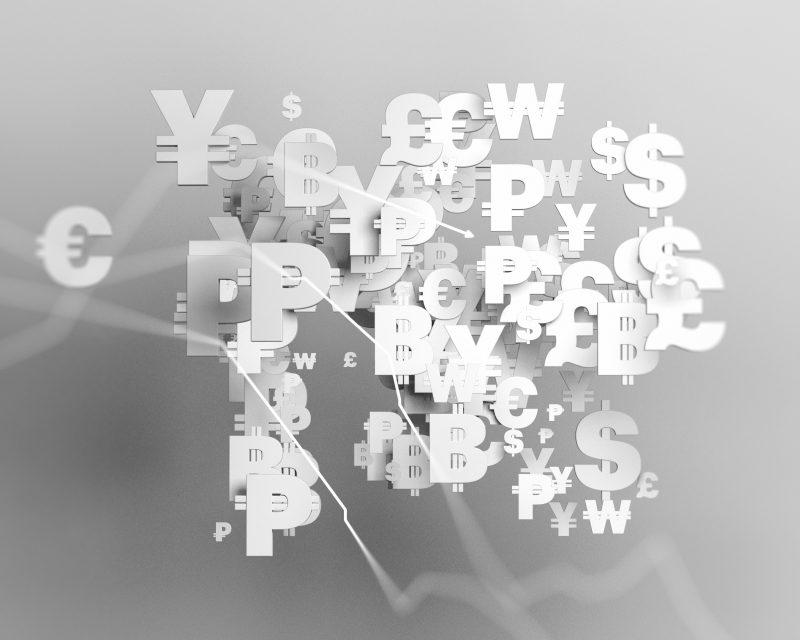Last Updated on: 3rd February 2025, 03:06 pm
Fixed Deposits are one of the most secure and reliable ways to get guaranteed returns on your investment. However, FD rates are not fixed and can fluctuate multiple times, even during the same year, based on the market’s economic condition. Hence, knowing about economic trends in the country can simplify your decision-making process.
In this blog, we will explore how economic changes affect the interest rates offered by banks and other financial institutions and how you can profitably increase them.
What are Fixed Deposit rates?
FD rates are determined by financial institutions such as banks and post offices based on the current fiscal economy and the regulations issued by the RBI. These directives directly influence banks’ cost of funds, based on which they decide how much return they can pay their depositors in the current economic scene.
Higher FD rates indicate that banks are willing to pay their customers a higher percentage of return. Conversely, if financial institutions offer lower rates of interest, they are suffering from a reduced demand for funds and, hence, holding back costs.
Factors that affect FD rates
Listed below are a few of the factors that affect Fixed Deposit rates for banks and investors:
Repo rate and monetary policies: The repo rate set by the Reserve Bank of India significantly determines the interest rate banks and other financial institutions can offer for Fixed Deposits over any tenure.
The repo rate is the rate at which commercial banks borrow from the RBI. When the repo rate increases, the interest rate for Fixed Deposits also increases. This attracts more people to invest money in their banks so that they can afford to borrow from the RBI. Similarly, if the repo rate decreases, the interest rate falls or stays stagnant as the borrowing cost goes down.
Inflation: Inflation rates significantly affect the FD rates. High inflation causes the repo rate to rise, and banks increase interest rates to afford to borrow money from RBI. Similarly, during low inflation periods, interest rates are lower since there is less pressure to tighten monetary policies.
Global economic trends: Global economic trends, such as changes in interest rates fixed by global institutions and central banks like the IMF, can also influence interest rates.
Liquidity Conditions: If the financial institutions have ample liquidity, banks may lower or keep the FD rates stagnant since there is no pressure on borrowing funds. Conversely, a liquidity crunch can result in a spike in the FD rates to churn out more funds for the customers in the form of investments.
How are Fixed Deposit investors affected by the economic changes?
Economic changes and FD rates can affect investors in several ways:
Earning potential: Higher FD rates give investors more opportunity to generate wealth, while lower FD rates do not excite them much about making a Fixed Deposit.
Investment timing: To ensure a higher return in the future, try timing your investments around high FD rates.
Tips to navigate through FD rates
Opt for laddering by splitting your investments across various tenures to ensure maximum benefits from the changing FD rates.
Going for longer tenure over time guarantees higher returns.
Stay updated with the current economic conditions to anticipate the movement of FD rates.
If you are a senior citizen, take advantage of the special senior citizen benefits offered by most financial institutions to lock in a good Fixed Deposit investment deal.
Conclusion
Economic changes directly influence Fixed Deposit rates. By adopting the strategies mentioned above and reading up about the economic market trends, you can still strike good Fixed Deposit returns on your investment.








